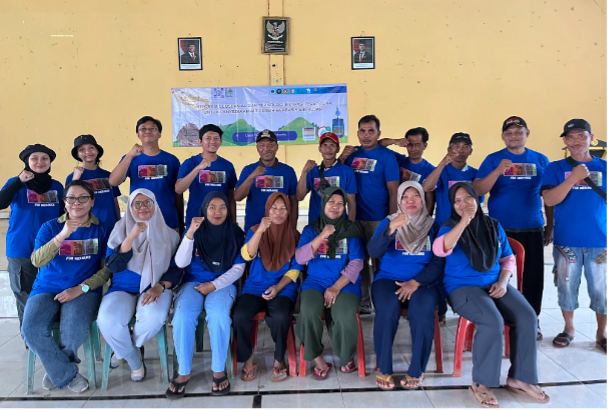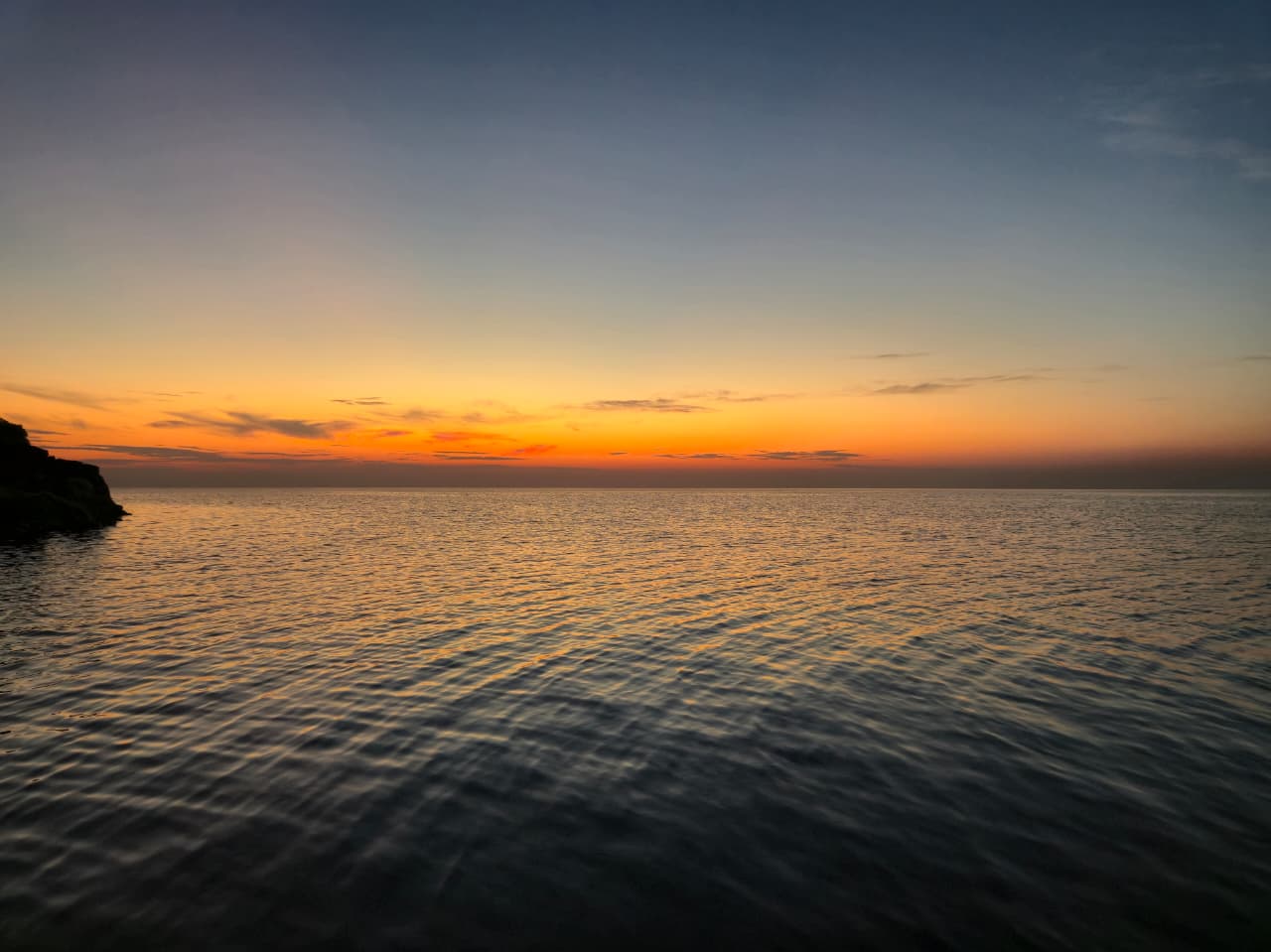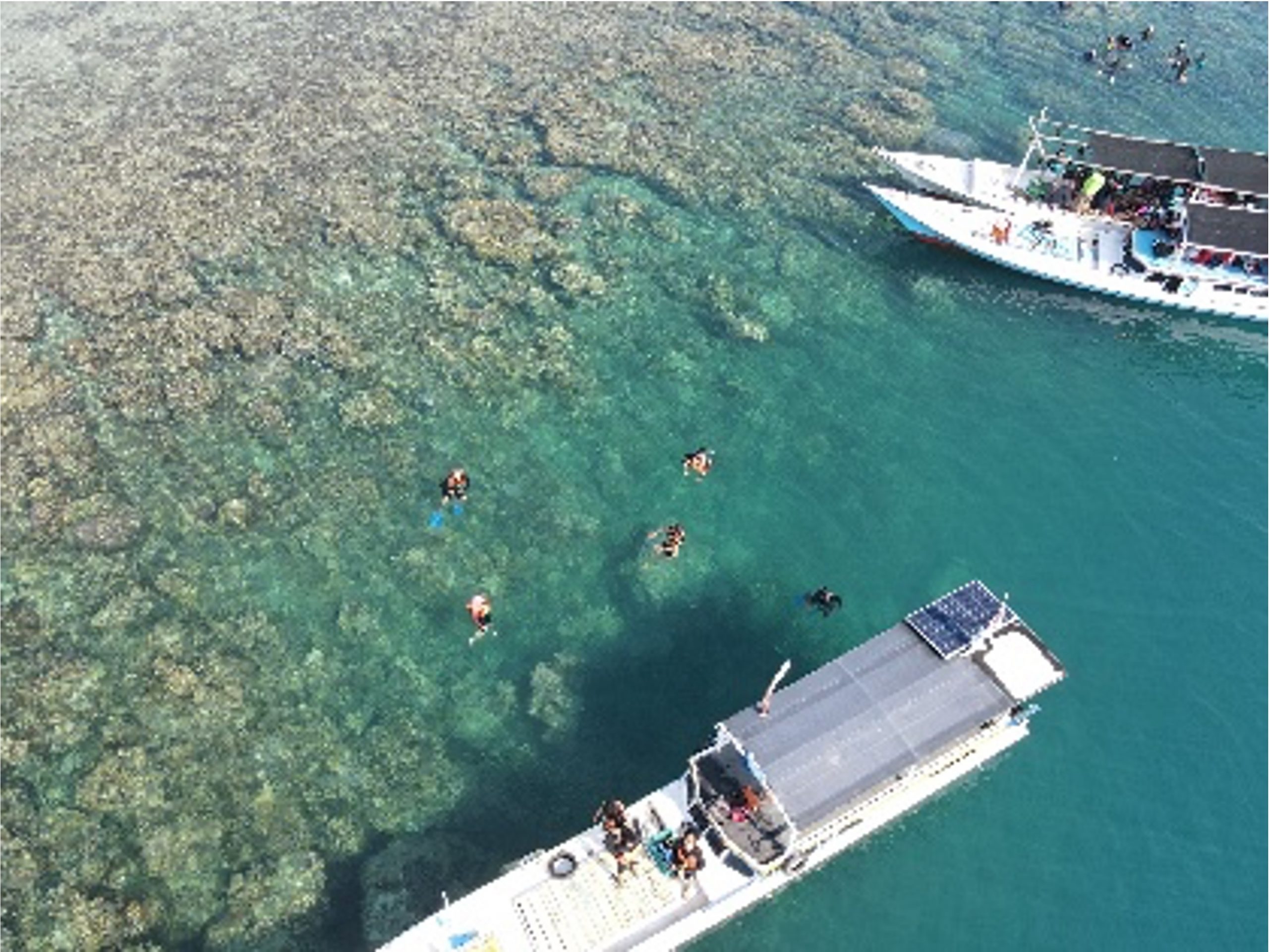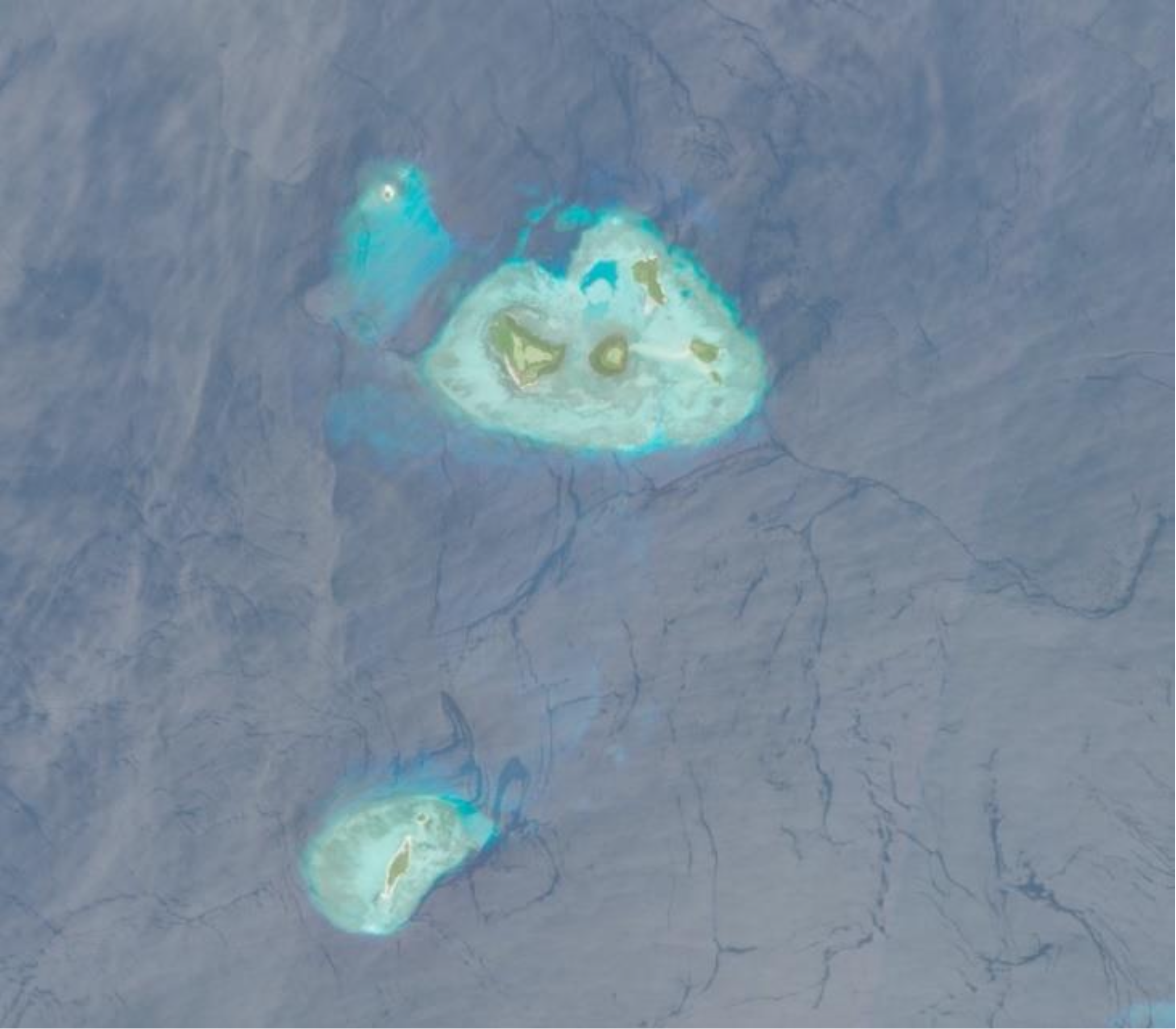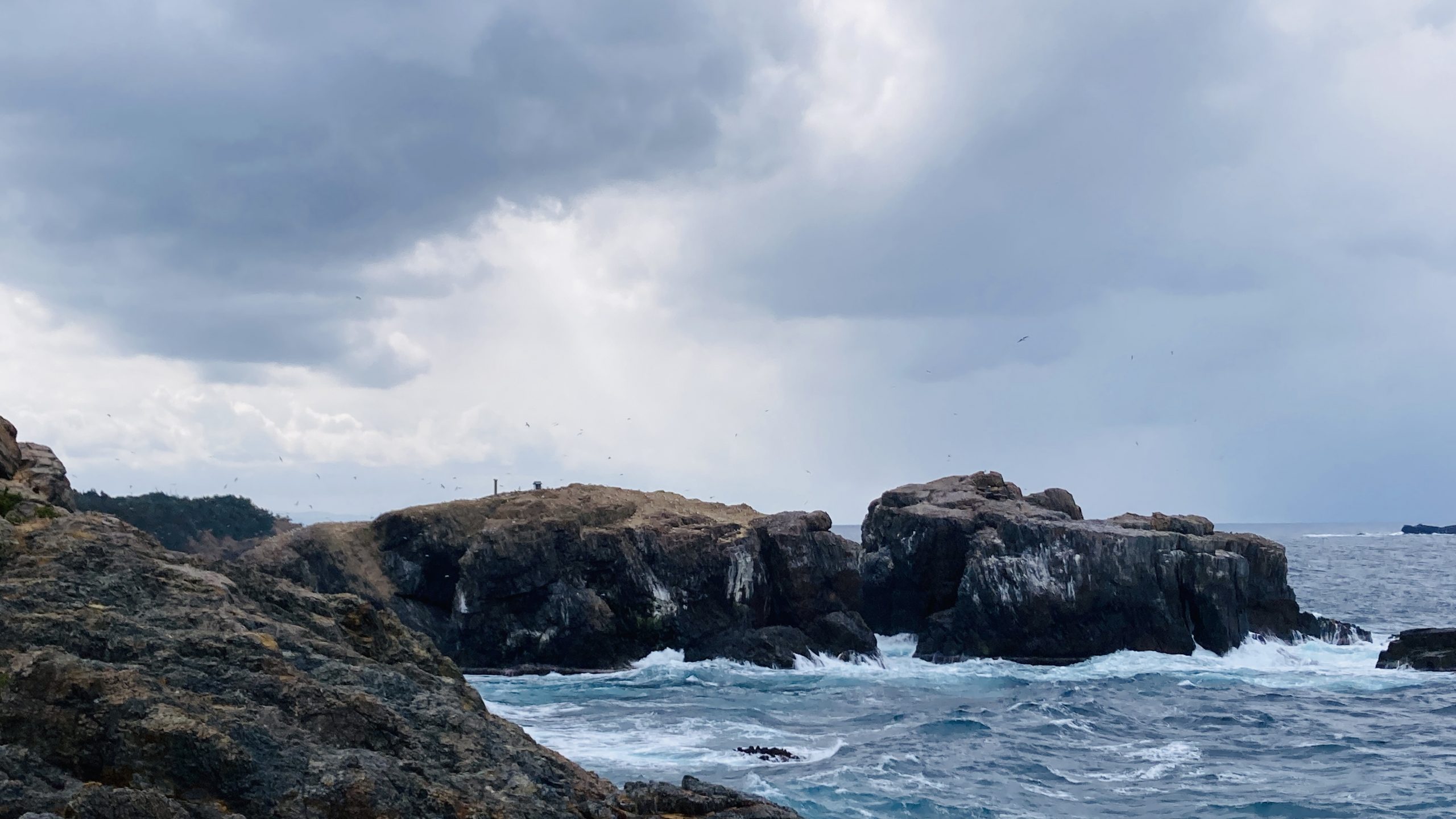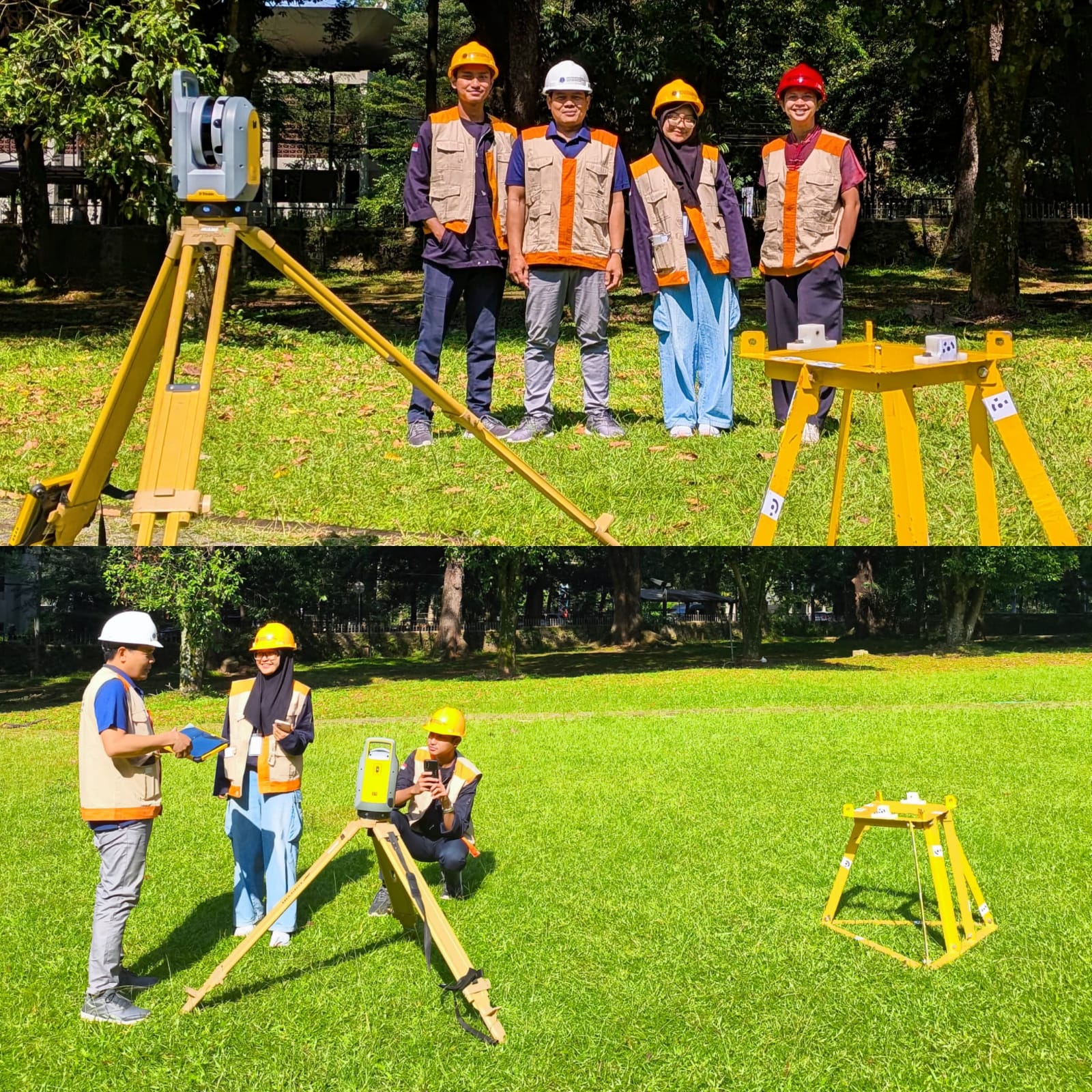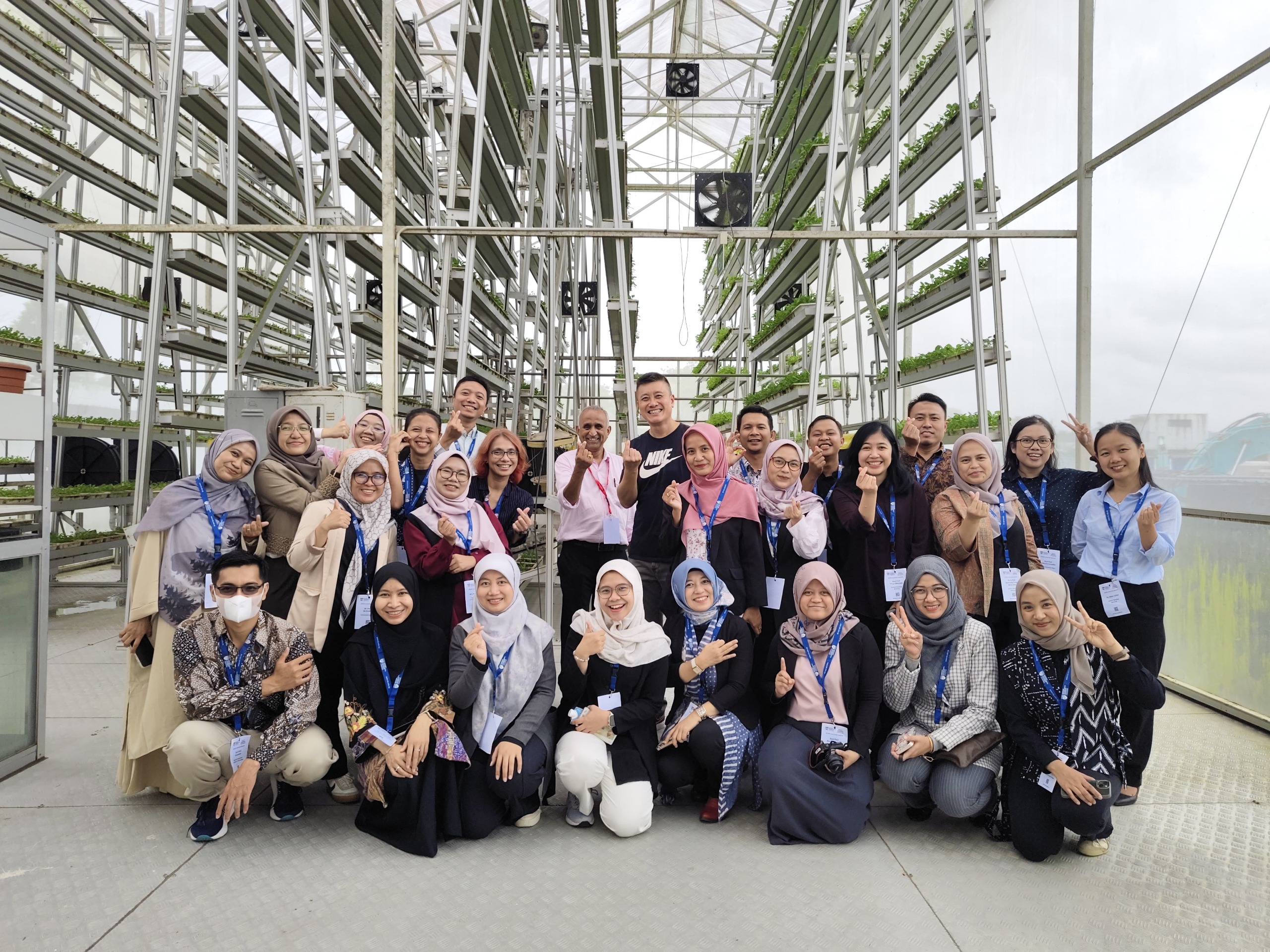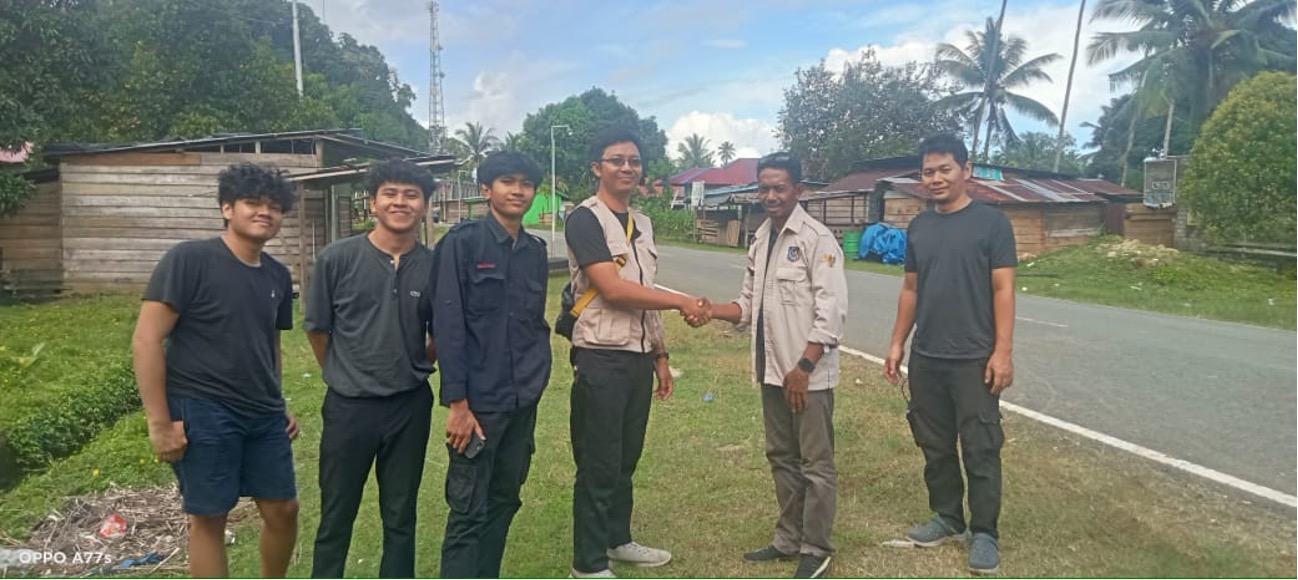In the remote village of Telaga Sari, located in the lowlands of Merauke, South Papua, access to clean water has long been a daily struggle. The village lies only about a meter above sea level, and its residents have relied for years on rainwater stored in small ponds (embung) to meet their household needs. During dry seasons,…
Read MoreWritten by: Muhammad Syahrul Tasyrifan & Madam Taqiyya A team of students and lecturers from the Hydrography Research Group, Geodesy and Geomatics Engineering Study Program, Institut Teknologi Bandung, carried out a dissemination activity for a dashboard product that provides tidal and weather information on 19–24 September 2025 in Pramuka Island, the Thousand Islands. Tides and…
Read Moreby Mentari Khoerunnisa Azzahra, Alena Cansery The whisper of waves accompanies the rising sun, and clouds brush grace upon the blue sky. The horizon glows with rainbow-kissed light, while the night is adorned with stars and gentle moonlight. Such splendour awaits in Pasilambena, Selayar Islands, South Sulawesi, Indonesia. Pasilambena sunset, South Sulawesi – captured by Rakha…
Read MoreWritten by: Eka Djunarsjah In Indonesia’s Karimunjawa National Park, effective marine spatial planning is proving to be less about maps and more about people. A recent study in the villages of Desa Karimunjawa and Desa Kemujan highlights that understanding local livelihoods and knowledge is key to successful ocean management. While both villages rely on traditional,…
Read MoreFeatured image: Copernicus Data Space, Sentinel-2 Imagery. Written by: Eka Djunarsjah Satellite Derived Bathymetry (SDB) is a method for estimating shallow water depths using optical satellite imagery. Unlike conventional bathymetric surveys that rely on ships with echo sounders (such as Single Beam or Multibeam Echo Sounders) or airborne LiDAR, SDB leverages the ability of sunlight…
Read MoreFeatured image is private assets Written by Madam Taqiyya During the rainy season, you might hear someone say, “Let’s go out before 4 p.m., because it will probably rain after that.” How do they know? Perhaps, without even realizing it, they have learned to recognize the diurnal rainfall pattern in their area. Diurnal rainfall pattern means repeated…
Read MoreWritten by: Mentari K. Azzahra Graduate students of Geodesy and Geomatics Engineering of Bandung Institute of Technology collaborated with PT GPS Land Indosolution in a Total Laser Scanner (TLS) data acquisition process on 21 July 2025. Mentari Khoerunnisa Azzahra (15121023) and Dwi Hadi Nugraha (15121047) are students of the Fast-Track Undergraduate-Master’s Program (PPSM) who are…
Read MoreWritten by Gabriella Alodia On July 14-16, 2025, FITB ITB, represented by Gabriella Alodia, Ph.D., participated in the RISING (Republic of Indonesia – Singapore) University Network Faculty Immersion Program organized by Nanyang Technological University (NTU), Singapore. This program is part of a research and education collaboration between the Government of Indonesia and Singapore. The activity…
Read MoreWritten by: Miga Magenika Julian Flooding in Jakarta isn’t just an inconvenience—it’s a recurring disaster. The capital of Indonesia, home to more than 11 million people, has faced devastating floods over the years, with the 2007 flood being one of the worst in recent history. That year, nearly 60% of the city was submerged, 80…
Read MoreWritten by: Miga Magenika Julian The absence of telecommunication infrastructure in Daerah 3T (Tertinggal, Terdepan, dan Terluar), such as Nursifa Village in Central Halmahera, North Maluku, has led to significant limitations in accessing crucial information that could improve livelihoods. Without internet access, villagers struggle to stay updated on commodity prices, healthcare developments, or new economic…
Read More